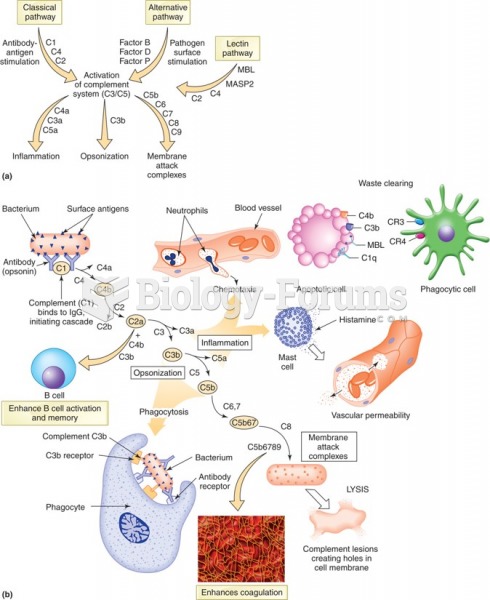This topic contains a solution. Click here to go to the answer
|
|
|
Did you know?
The first oncogene was discovered in 1970 and was termed SRC (pronounced "SARK").
Did you know?
If you could remove all of your skin, it would weigh up to 5 pounds.
Did you know?
Amphetamine poisoning can cause intravascular coagulation, circulatory collapse, rhabdomyolysis, ischemic colitis, acute psychosis, hyperthermia, respiratory distress syndrome, and pericarditis.
Did you know?
After 5 years of being diagnosed with rheumatoid arthritis, one every three patients will no longer be able to work.
Did you know?
The people with the highest levels of LDL are Mexican American males and non-Hispanic black females.
 The meninges. This figure illustrates the location and structure of each layer of the meninges and t
The meninges. This figure illustrates the location and structure of each layer of the meninges and t
 C. Wright Mills (1916-1962) was a controversial figure in sociology because of his analysis of the ...
C. Wright Mills (1916-1962) was a controversial figure in sociology because of his analysis of the ...





